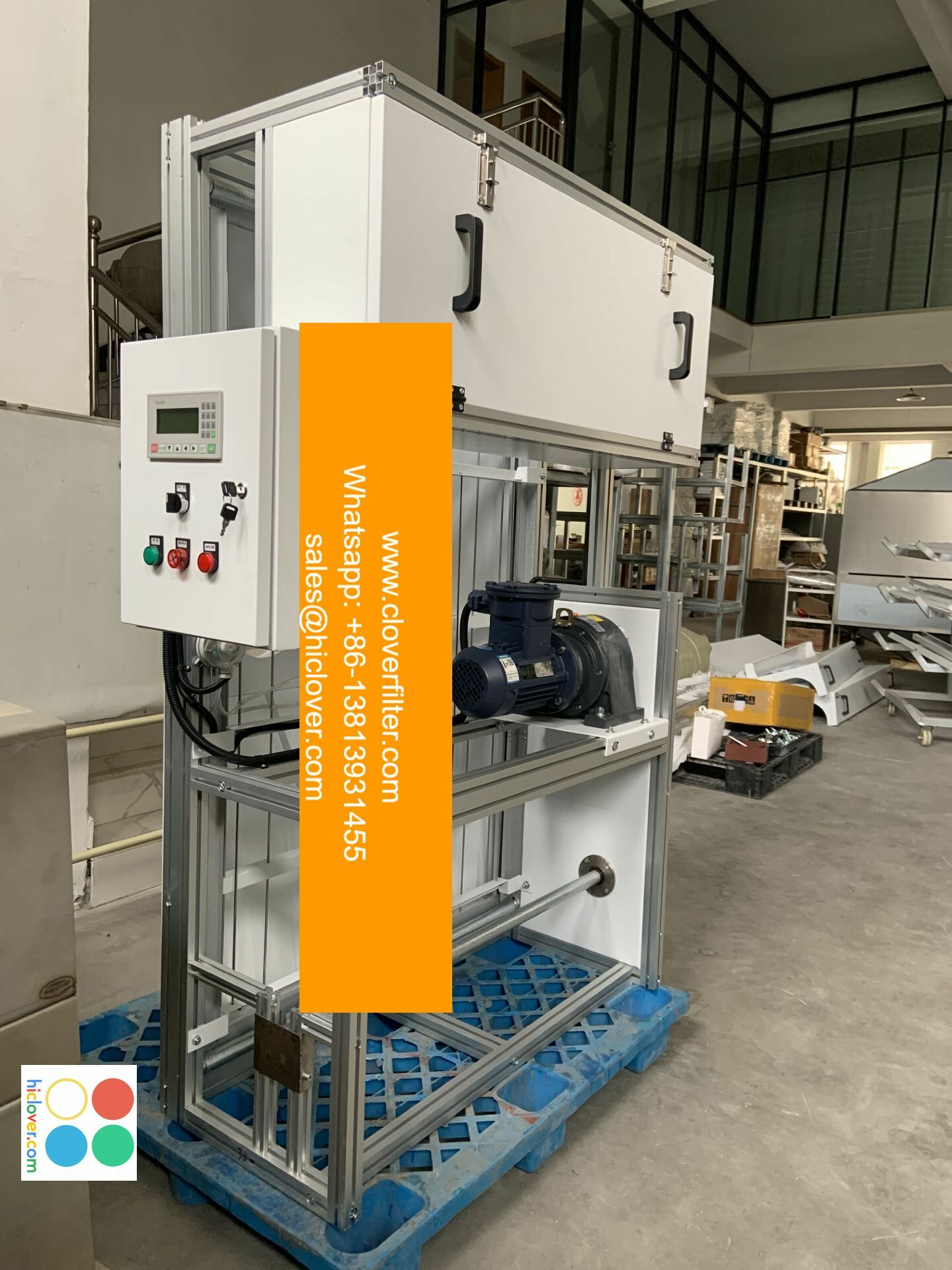Air Filter Comparisons: A Guide to Choosing the Right Filter for Your Needs

With the increasing awareness of indoor air quality and its impact on health, the demand for effective air filtration systems has risen significantly. From HEPA filters to activated carbon filters, and ultraviolet (UV) light filters, the choices can be overwhelming. In this article, we will delve into the world of air filter comparisons, highlighting various application areas, and providing a comprehensive guide to help you choose the right filter for your needs.
Understanding Air Filter Types
Before we dive into the comparisons, it’s essential to understand the different types of air filters available. Some of the most common types include:
* HEPA (High Efficiency Particulate Air) filters: Designed to capture 99.97% of particles as small as 0.3 microns, including dust, pollen, and other airborne allergens.
* Activated carbon filters: Effective in removing gases, odors, and chemicals from the air, making them ideal for applications where indoor air quality (IAQ) improvement is critical.
* UV light filters: Utilize ultraviolet light to kill bacteria, viruses, and other microorganisms, providing an additional layer of protection against airborne pathogens.
* Pleated filters: A type of mechanical filter that uses a pleated design to increase the surface area, allowing for more efficient particle capture.
Air Filter Comparisons: Performance and Efficiency
When comparing air filters, it’s crucial to consider their performance and efficiency. Factors such as filter CADR (clean air delivery rate), filter MERV (minimum efficiency reporting value) rating, and airflow resistance can significantly impact the filter’s overall effectiveness.
* CADR: Measures the filter’s ability to remove pollutants from the air, with higher CADR values indicating better performance.
* MERV rating: A system used to evaluate the filter’s ability to capture particles, with higher MERV ratings indicating better filtration efficiency.
* Airflow resistance: A measure of the filter’s impact on airflow, with lower resistance values indicating better system performance.
Application Areas: Residential, Commercial, and Industrial
Air filters are used in a variety of applications, including residential HVAC systems, commercial air purification systems, and industrial dust collection systems. The choice of filter depends on the specific application and the level of air quality improvement required.
* Residential applications: HEPA filters and activated carbon filters are popular choices for residential use, providing effective allergy relief and odor removal.
* Commercial applications: UV light filters and high-MERV filters are often used in commercial settings, such as hospitals and office buildings, where airborne infection control is critical.
* Industrial applications: Pleated filters and bag filters are commonly used in industrial settings, such as manufacturing facilities and warehouses, where dust collection and air quality improvement are essential.
Conclusion
Choosing the right air filter for your needs can be a daunting task, but by understanding the different types of filters, their performance and efficiency, and the various application areas, you can make an informed decision. Whether you’re looking for allergy relief, odor removal, or airborne infection control, there’s an air filter out there that’s right for you. Remember to consider factors such as CADR, MERV rating, and airflow resistance when making your selection, and don’t hesitate to consult with an air filtration expert if you’re unsure about the best filter for your specific needs. It looks like you didn’t include a prompt. Please go ahead and provide one, and I’ll do my best to help!

